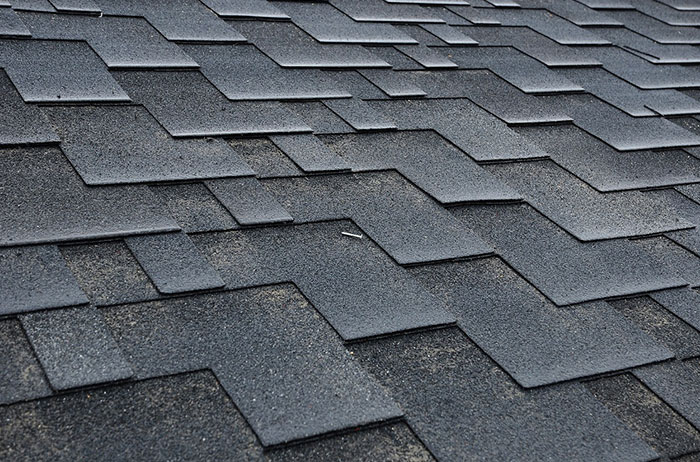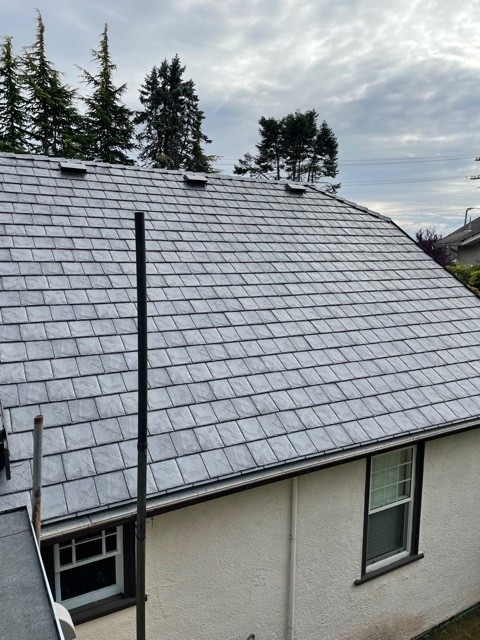Your roof is one of the most important components of your home’s structural integrity. It protects you and your loved ones from the elements, provides insulation, and adds aesthetic value to your property. However, despite its critical role, many homeowners overlook the importance of maintaining their roofs until it’s too late. A well-maintained roof can last for decades, while a neglected one can deteriorate rapidly, leading to costly repairs or replacement. In this article, we’ll explore key factors that can affect your roof’s lifespan.
Factors That Affect Your Roof’s Lifespan
Below are some of the biggest factors that affect your roof’s lifespan.
1. Quality of installation
The installation process is critical to the longevity of your roof. If you do not install your roof properly, it can quickly result in leaks, damage, and premature wear and tear.
Here are some factors to consider when it comes to the quality of your roof installation:
· Proper installation techniques
A proper roof installation involves following industry-standard procedures and techniques to ensure your roof is installed correctly. These techniques include proper installation of flashing, shingle or tile, and ventilation. A proper installation can help ensure that your roof lasts as long as possible.
· Contractor experience
The experience your contractor has can make a significant difference in the quality of your roof installation. Experienced contractors have the knowledge and skills to identify and address potential issues before they become major problems. Make sure to choose a contractor with a proven track record of quality installations.
· Quality materials
The quality of the roofing materials you use for installing your roof is essential to the lifespan of your roof. That said, using low-quality materials can result in a shorter lifespan for your roof. Therefore, you should make sure to choose high-quality materials that can last for the long term.
2. Weather conditions
Weather conditions play a significant role in the lifespan of your roof. The weather conditions can affect your roof in various ways depending on the type of roofing material you use.
Here are some factors to consider when it comes to the impact of weather on your roof:
· Extreme temperatures
Extreme temperatures, both hot and cold, can impact the lifespan of your roof. High temperatures can cause your shingles to curl or warp. Meanwhile, low temperatures can cause them to crack or become brittle. It is essential to choose roofing materials that can withstand the weather conditions in your area.
· Wind
Strong winds can cause severe damage to your roof, particularly if you have not installed the roof properly. Wind can cause shingles or tiles to become loose or dislodged, leading to leaks and other issues. Choosing roofing materials like metal or asphalt shingles that can withstand high winds can help ensure the longevity of your roof.
· Rain and snow
Heavy rain and snow can cause water damage to your roof, leading to leaks and other issues. When installing your roof, choose roofing materials that can withstand heavy rain and snow.
· UV Exposure
UV exposure can cause some roofing materials, such as asphalt shingles, to deteriorate more quickly than others. Choosing roofing materials like metal or tile can help the roof withstand UV exposure better.
3. Proper maintenance
Proper maintenance is essential to ensure the longevity of your roof. Neglecting your roof can result in leaks, damage, and premature wear and tear.
Here are some factors to consider when it comes to maintaining your roof:
· Regular inspections
Regular inspections are essential to identify any issues with your roof before they become major problems. Ideally, you should carry out inspections at least twice a year and after any severe weather events. You can hire a professional roofing contractor to conduct the inspection. They will help you identify and address any issue promptly.
· Cleaning
Regular cleaning can help prevent the buildup of debris, leaves, and other materials on your roof. Since the debris buildup can cause damage and leaks, you should clean at least twice a year or more often if you live in an area with many trees or debris.
· Repairs
Promptly addressing any repairs is essential to ensure the longevity of your roof. Even minor issues, such as a loose shingle or cracked tile, can lead to more significant problems if you don’t address them promptly. You can hire a professional roofing contractor to help repair the correct way.
4. Environmental factors
Environmental factors can also impact the lifespan of your roof. Different environmental factors can cause damage or wear and tear to your roof, thereby affecting your roof’s lifespan.
Here are some factors to consider when it comes to the impact of the environment on your roof:
· Trees
Trees can cause damage to your roof in several ways. Falling branches can damage shingles or tiles. Meanwhile, overhanging branches can rub against the roof and cause wear and tear. Additionally, leaves and debris can build up on the roof and cause damage or blockages in gutters. It’s essential to trim trees regularly near your home, and cleaning up any debris or leaves on your roof is essential.
· Pollution
Pollution, such as smog or air pollution, can also cause damage to your roof. Over time, pollution can cause discoloration or staining on some types of roofing materials. Ensure to properly clean your roof to help prevent this type of damage.
Conclusion
If you need roofing services or advice, Shoreline Roofing is here to help. Our team of experienced professionals can assist with any roofing needs, from installation to maintenance and repairs.
Call us at (250) 413-7967 or fill out our contact form today to schedule an appointment and ensure your roof remains in top condition for years.



